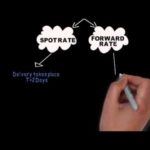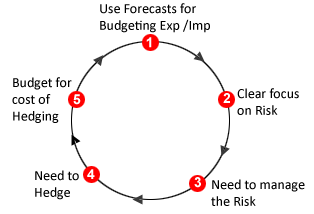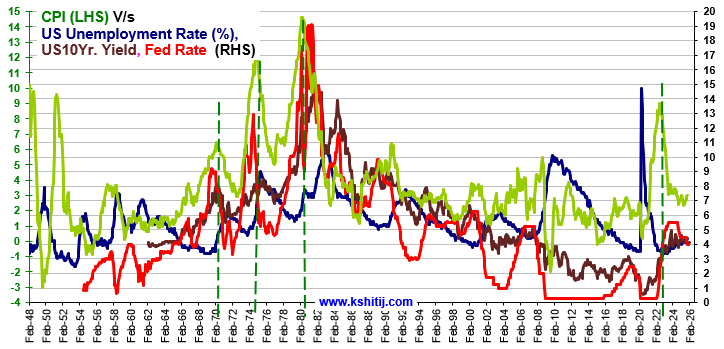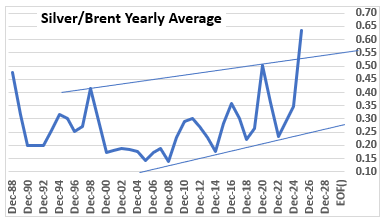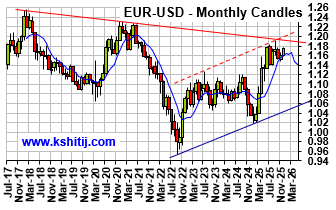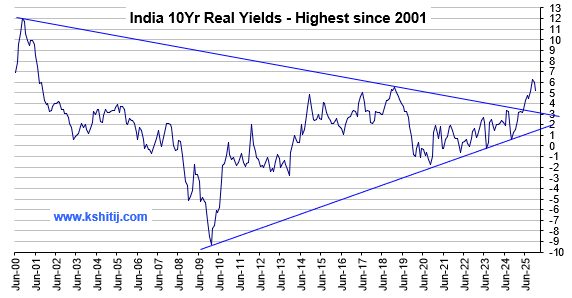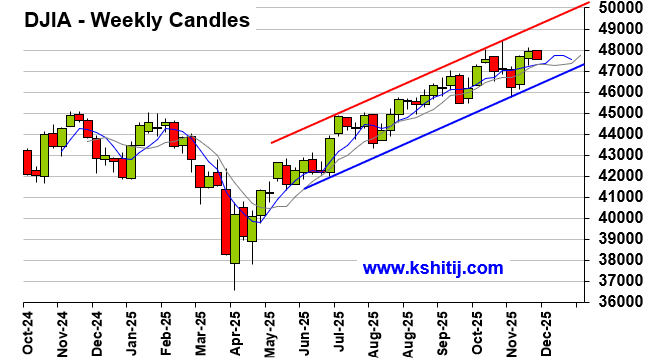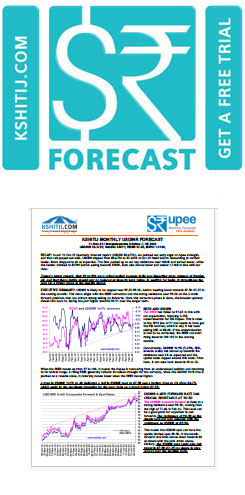Never 0, never 100, and not in one go!
Apr, 10, 2012 By Vikram Murarka 0 comments

One of the most agonizing difficulties commonly faced by the risk manager is not knowing where the market is likely to go. This makes it nearly impossible for him to decide whether to hedge or not to hedge. To put an end to his indecision, and not knowing what to do, he often leaves the exposure unhedged. His line of thought is, "Who knows whether taking a hedge will be right or wrong? It is better not to do anything. Who will take the blame if things go wrong?" Very often, the CFO/ CEO/ MD also agree with the risk manager, coming up with a number of justifications for the decision.
The strategy of inaction works well enough if the market is either stable or is moving in favour of the exposure. Unfortunately, the happy state of affairs does not last forever and the risk manager often ends up hedging in a state of panic when the market starts to go against him.
Underlying the above practice are two misconceptions:
- The risk manager has a responsibility to hedge at the highest rates (for exports) and lowest rates for imports.
- When he hedges, the risk manager should hedge 100% of the exposure.
However, the seasoned risk manager knows that it is not possible to strike the tops and bottoms of the acceptable average rate for the hedge. The simple trick he employs is to hedge the exposure in parts instead of as a whole. He might break up the exposure into 3 parts, or 4 parts or even 10-12 parts, and then proceed to hedge each part at different rates and at different times in the market.

Since the hedges are undertaken at regular intervals, when the risk manager follows this strategy consistently over a sufficiently long period, he gets several benefits, as enumerated below:
- Is able to achieve a decent average rate.
- Does not have to worry about trying to achieve the highest or lowest rates. Or in other words, he does not have to try and "time" the market.
- Even if a couple of forecasts, on which the hedges are based, go wrong, it is not a major worry because (a) the wrong forecast does not impact the entire hedge and (b) there are good chances that subsequent forecasts will go right.
- Dramatically reduces the arbitrariness and ad-hocism in the hedging process and greatly enhances the systematic aspect of hedging.
- All of the above, together, make the whole hedging process much more robust than if each exposure were to be hedged in one go.
Further, it has been our experience that in the hands of a skilled risk manager, this strategy can go so far as to help the company achieve an average realization rate that is better than the average market rate.
So, remember, do not leave your exposure totally unhedged, do not cover it fully at one go. Try and hedge in steps.
Array
Since our last report (29-Oct-25, UST10Yr 3.985%) the US Fed has indeed reduced the Fed Rate by 25bp to 4.0%. Some economic data has started to …. Read More
Earlier in 2020, the Silver/Brent ratio rallied on sharp decline in Brent whereas it has rallied much higher in 2025 due to surge in precious metals. Will the ratio continue to rise in 2026? Or will it decline back sharply? … Read More
EURUSD has risen on Dollar weakness following the Fed’s 25 bp rate cut. With the Fed signaling one more cut in 2026 before a pause, the pair may remain stable at …. Read More
In our 09-Nov-25 report (10Yr GOI 6.51%) we again expected Inflation to rise sharply, but instead the CPI has again surprised by falling to 0.25% in Oct-25. The Q2 GDP has come in strong at … Read More
In our 11-Nov-25 report (USDJPY 154.10), we expected the USDJPY to initially decline towards 150 before eventually rising towards 158-160 in the long run. However, the pair limited … Read More
Our November ’25 Dollar Rupee Monthly Forecast is now available. To order a PAID copy, please click here and take a trial of our service.
- Kshitij Consultancy Services
- Email: info@kshitij.com
- Ph: 00-91-33-24892010
- Mobile: +91 9073942877


